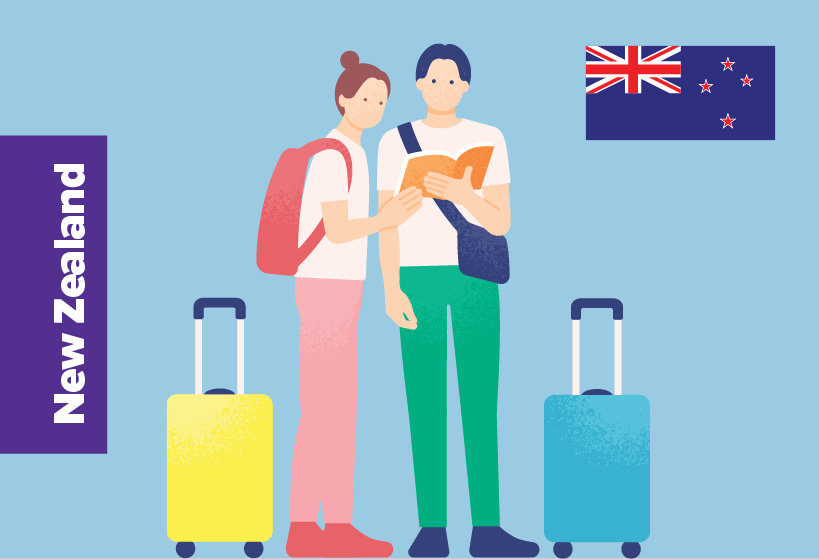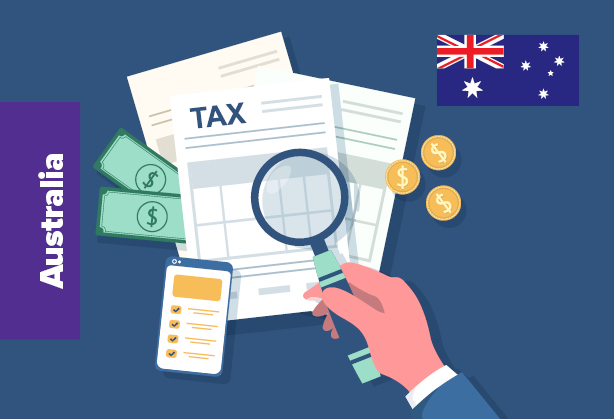
What Tripling Tourist Tax Means for New Zealanders
From October 1, the cost of visiting Aotearoa will rise with the International Visitor Conservation and Tourism Levy (IVL) increasing to NZ$100.
For New Zealanders, this development is more than just a headline about tourists paying more – it has direct implications for our economy, communities, and environment.
The IVL was first introduced in 2019 to help cover the costs of tourism-related pressures, particularly the upkeep of our conservation estate and regional infrastructure. Anyone who has seen crowded tracks, overflowing carparks, or the strain on smaller towns during peak visitor season knows the challenges. The higher fee means more funding to manage the impact of tourism on our lakes, mountains, and cultural sites. In theory, this should reduce the burden on ratepayers, ensuring local communities don’t shoulder costs that primarily come from international visitors.
However, not everyone sees this as good news. Tourism Industry Aotearoa (TIA) has already voiced concerns that the hike will make New Zealand less competitive compared with other destinations. With flights already costly and travel times long, some fear potential visitors may choose places like Canada or the UK, where fees are lower and access is easier. If fewer tourists come, the flow-on effects could hit Kiwi businesses hard, especially those reliant on international travellers – from boutique wineries to adventure operators.
Tourism is a significant employer across the country. A decline in visitor numbers could affect jobs in regions where opportunities are limited. Towns like Queenstown, Rotorua, and Tekapo may feel the impact first if tourist arrivals slow. On the other hand, if the fee doesn’t deter travellers, New Zealanders could see benefits in the form of better-maintained facilities, improved infrastructure, and more sustainable tourism practices.
The IVL increase comes alongside a jump in tourist visa prices, which rise from $131 to $211 in October. While most visitors from visa-waiver countries won’t face this cost, they’ll still need to secure an e-visa and pay the IVL. Immigration New Zealand has also warned of longer processing times, meaning many travellers may apply earlier. For Kiwis, this could bring either reassurance – knowing our borders are managed more thoroughly – or concern if visitor numbers slow and local businesses feel the pinch.
Tourist taxes are not unique to New Zealand; more than 60 destinations worldwide have adopted them to manage overtourism and fund conservation. For New Zealanders, the challenge lies in finding the balance: ensuring our environment and communities are protected, while still keeping the country attractive to visitors who play a vital role in our economy.



